

Palermo
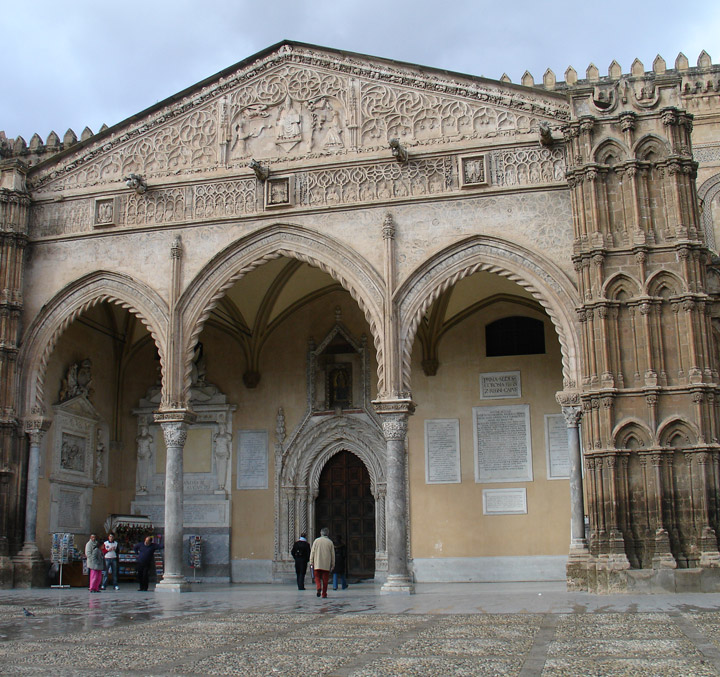
the cathedral
Palermo (ancient Panormus), city and seaport, Italy, capital of Palermo Province, on the northwestern coast of Sicily, on the Tyrrhenian Sea. Palermo is the largest city and chief port of Sicily. It is a trading center for the island's agricultural produce and has factories engaged in food processing, steelmaking, shipbuilding, and the manufacture of furniture, leather products, glass, chemicals, cement, textiles, and paper. Many of the oldest buildings in the city date from the period when Sicily was a Norman kingdom and show Arab, Byzantine, Norman, and Spanish influences. Outstanding examples are the cathedral (1169-85), the Palatine Chapel (1140), and the Church of San Giovanni degli Eremiti (1132). The University of Palermo was founded in 1777.
Quattro Canti
Plazza Vigliena
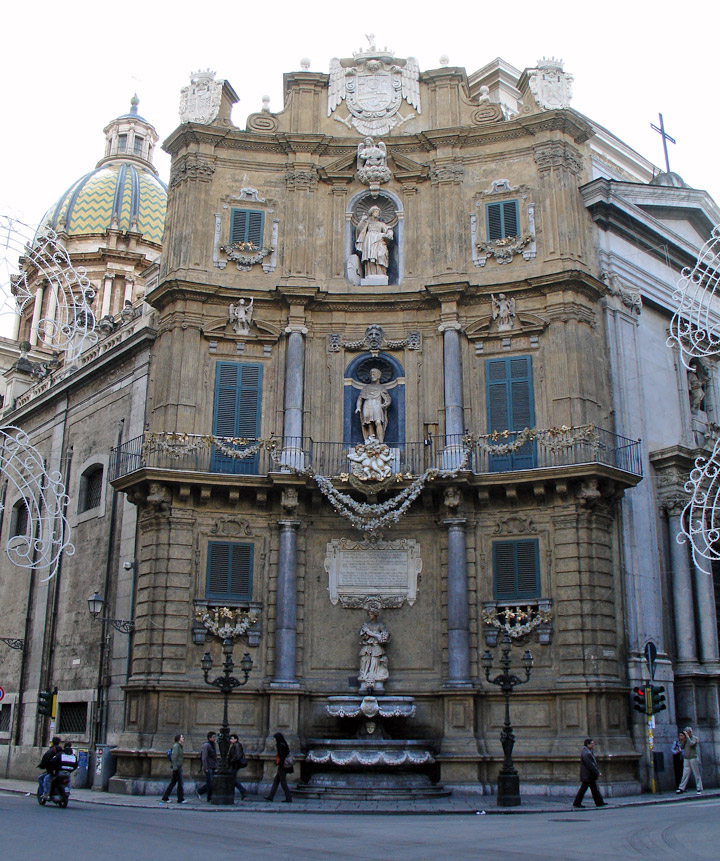
first corner
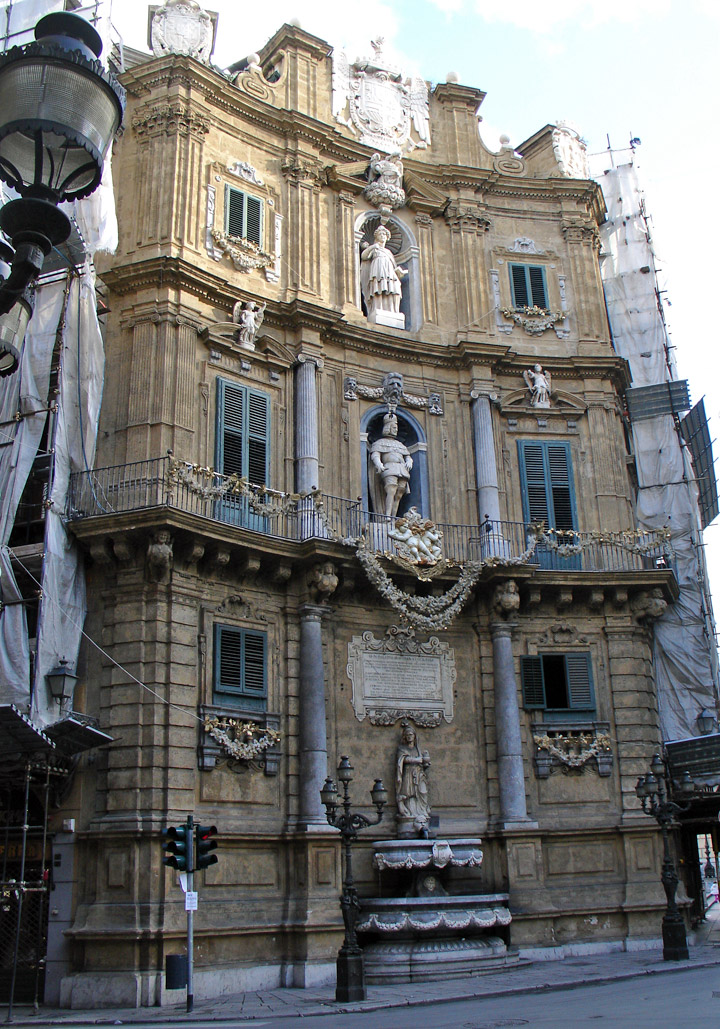
second corner
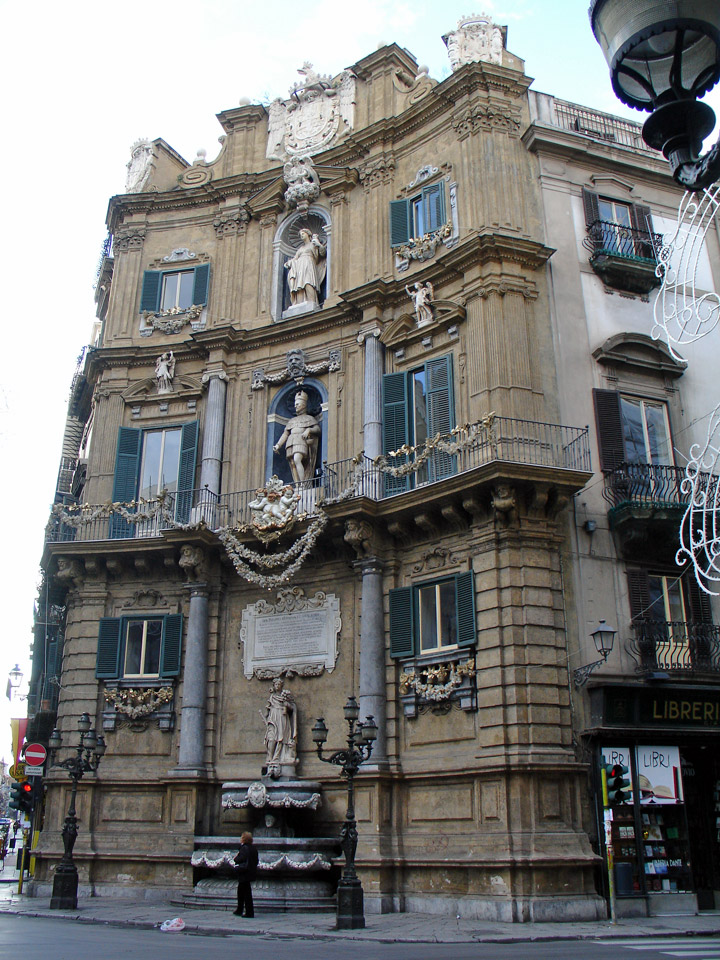
third corner
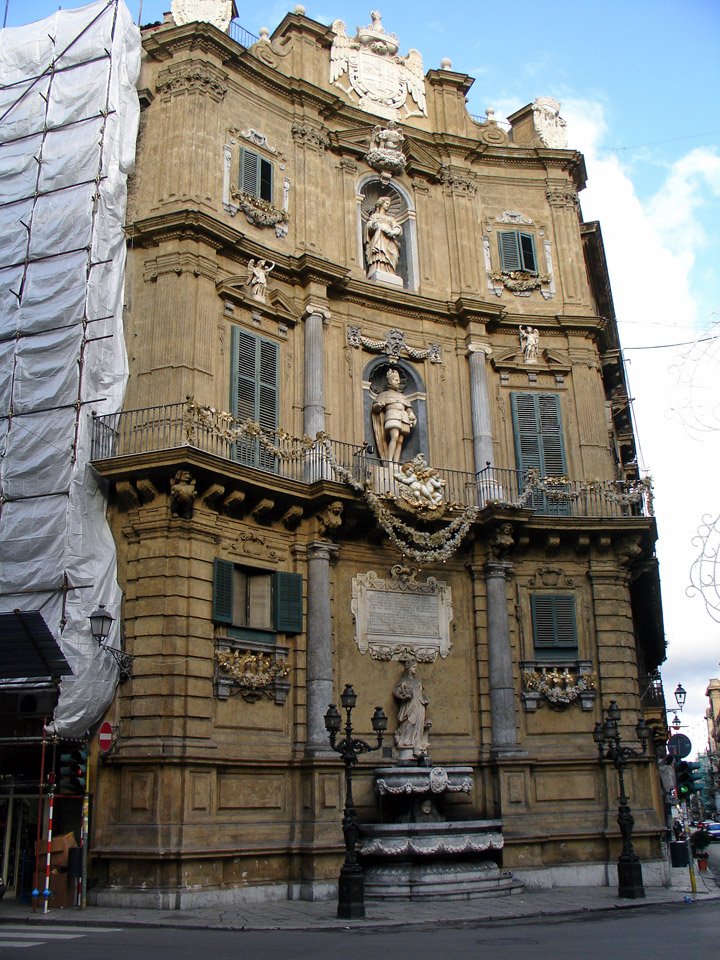
forth corner
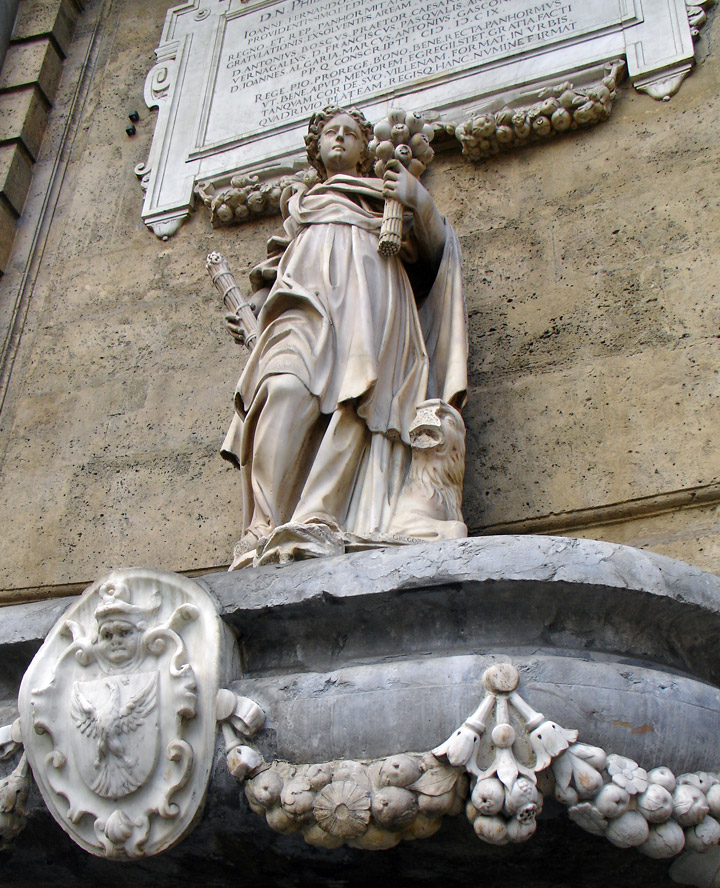

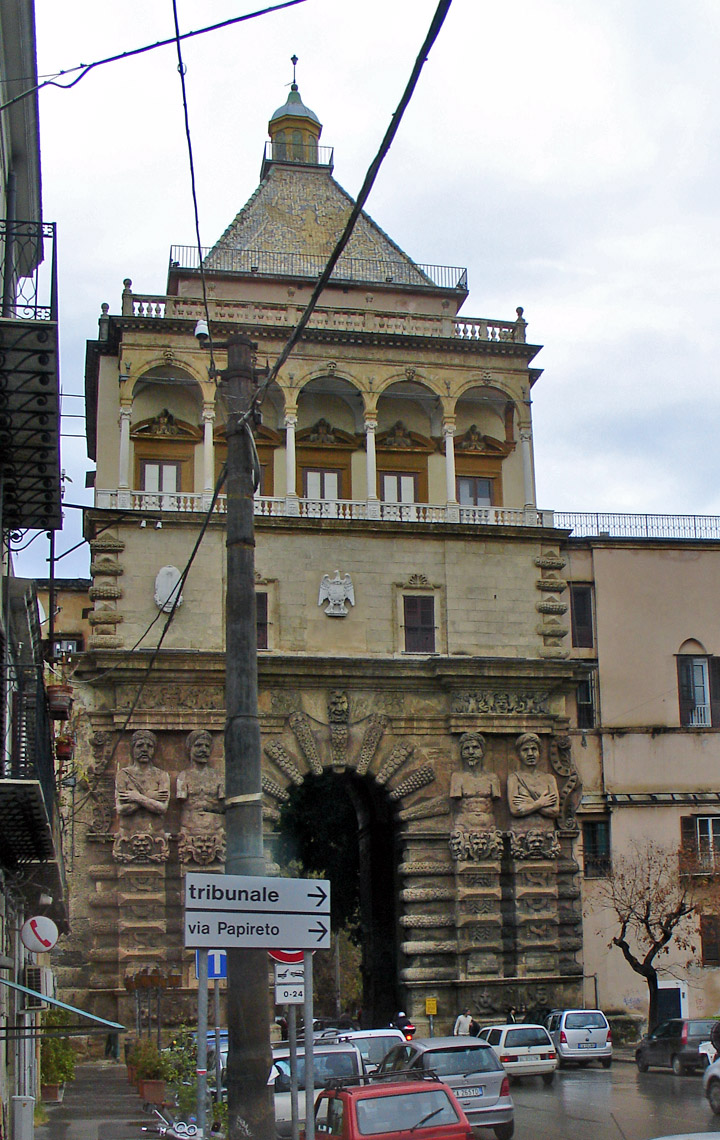
city gate
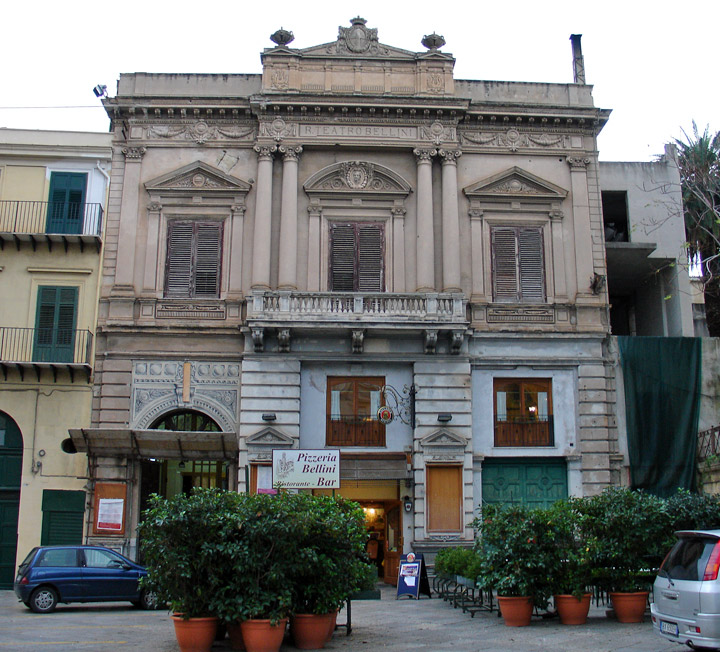
Bellini Theater
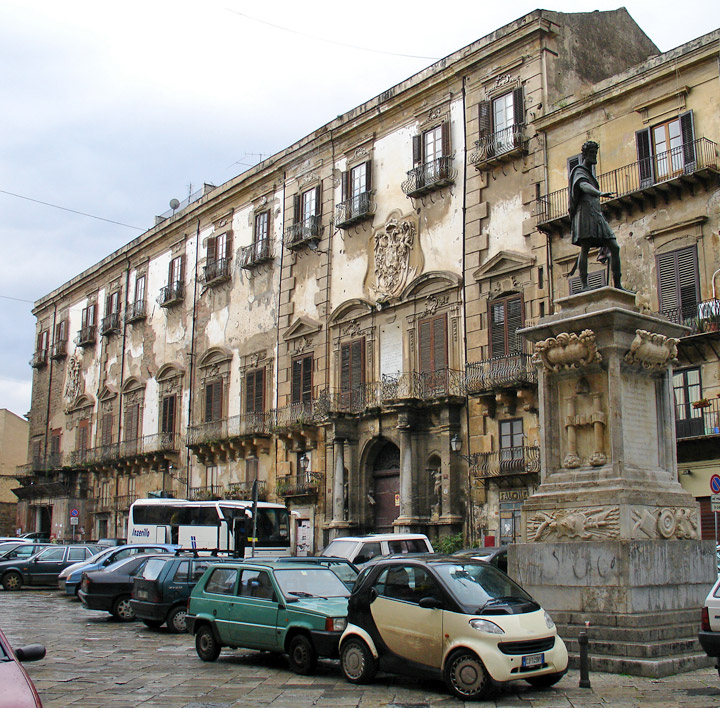
Smart Car parked in the Piazza
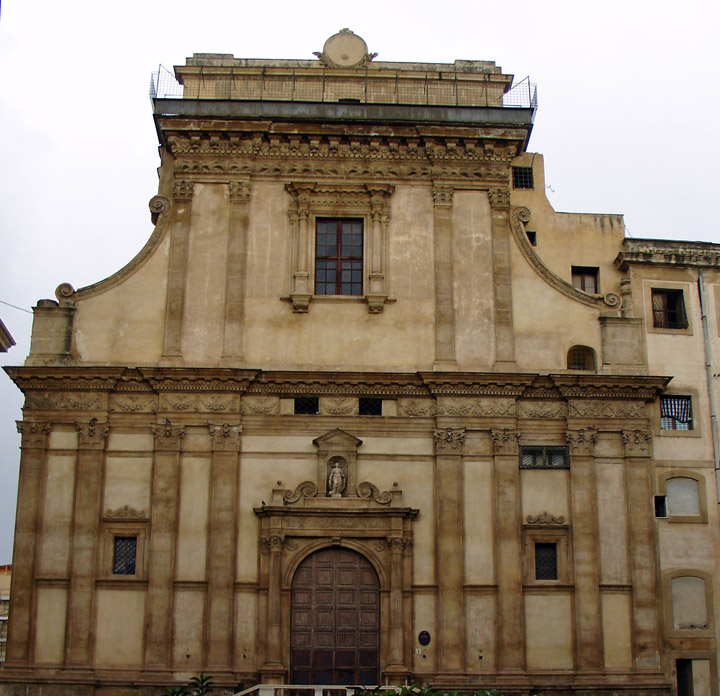
church facade
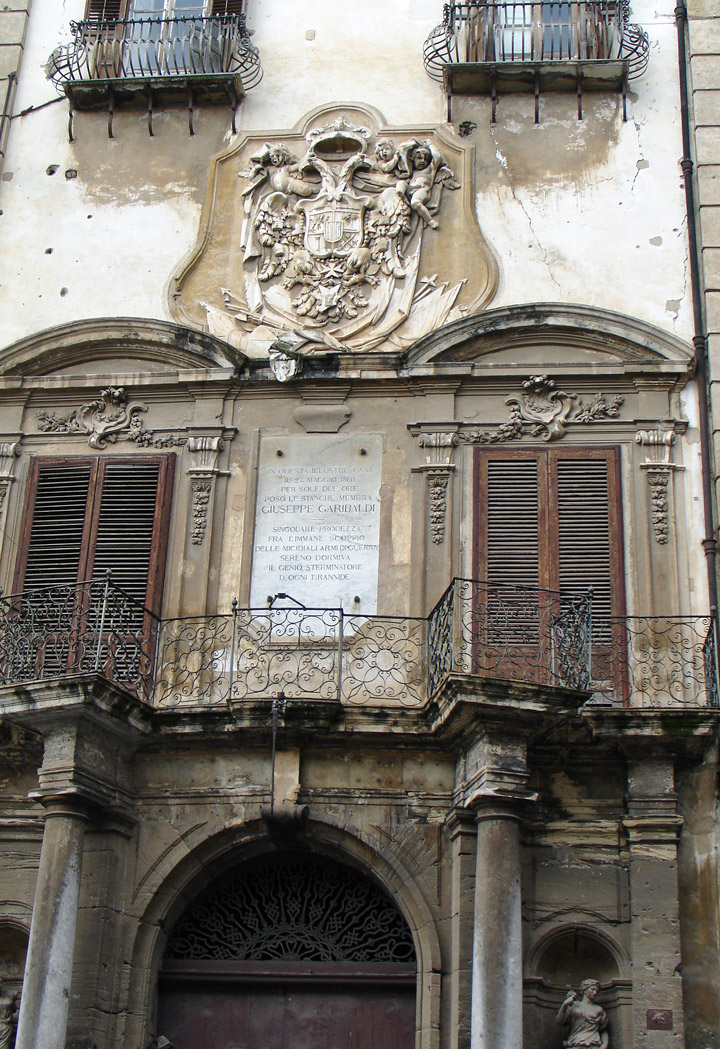
remembering Garibaldi
Palermo was founded by the Phoenicians in the 8th century BC and was a
Carthaginian colony until taken by the Romans in 254 BC. It subsequently passed
into the hands of the Goths (AD440), the Byzantines (535), the Saracens (831),
the Normans (1072), and the Holy Roman emperors (1194). In 1282 it was the scene
of the Sicilian Vespers, the massacre of the ruling French. Population (1997
estimate) 689,193.
Text from Microsoft Encarta
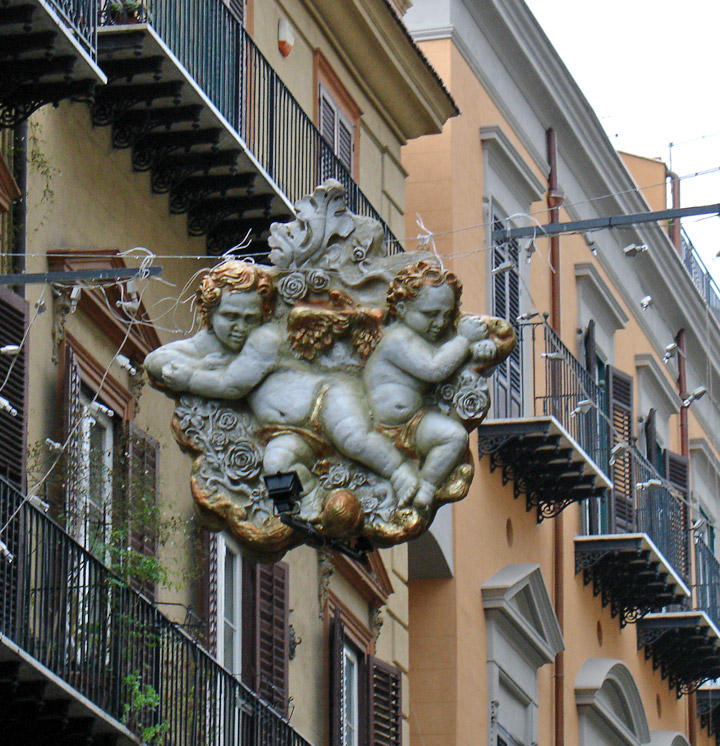
street Christmas decorations
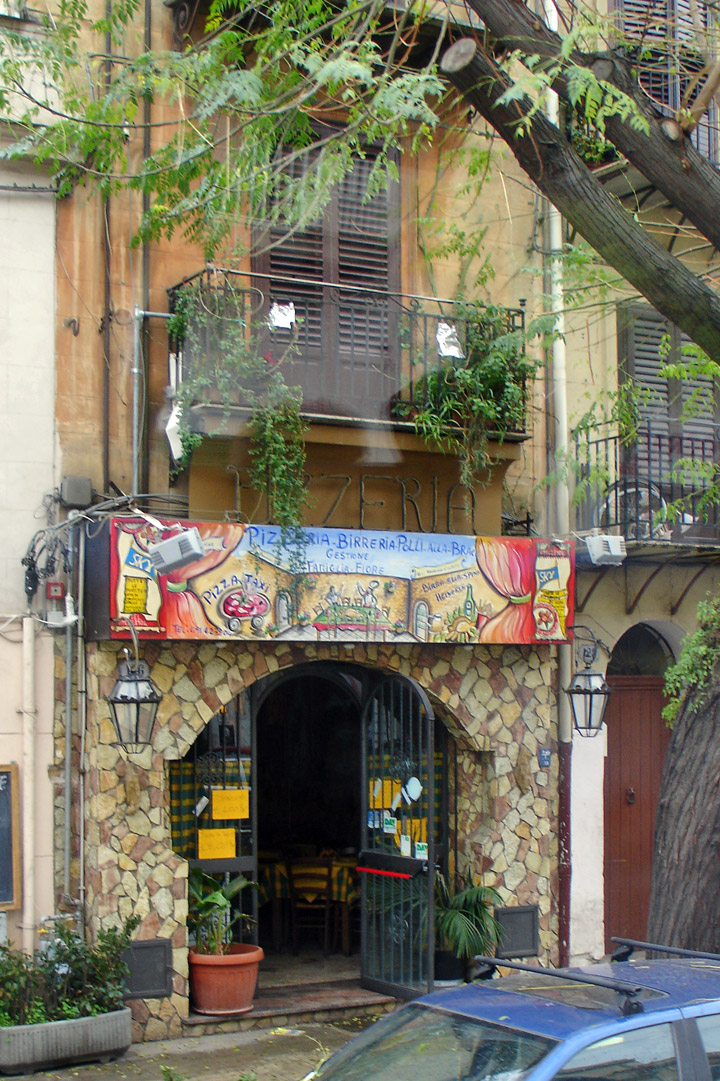
cafe
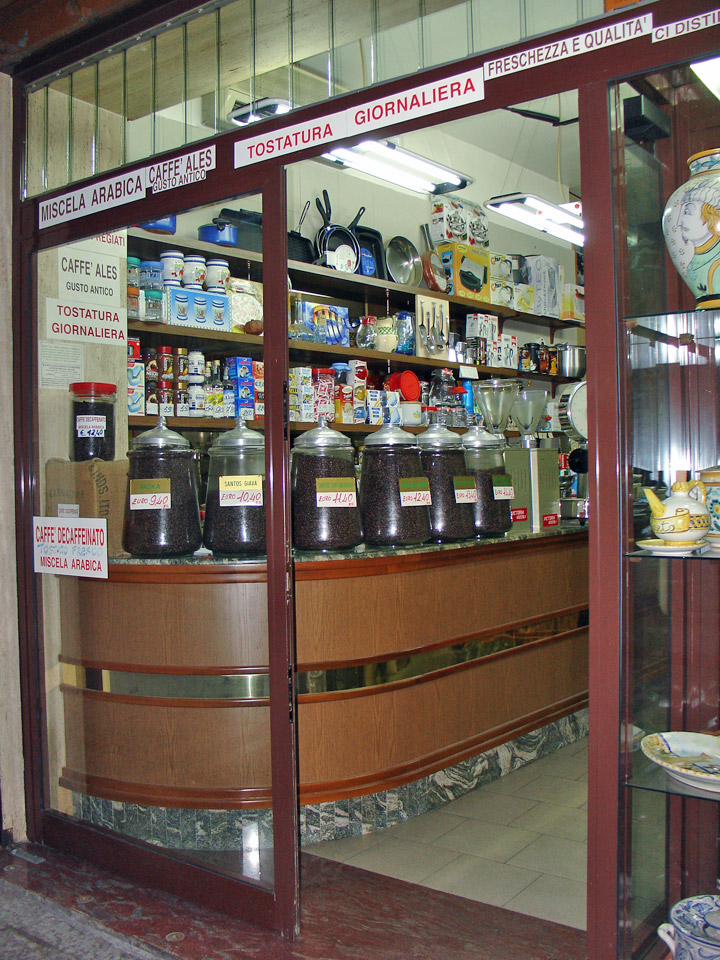
coffee shop
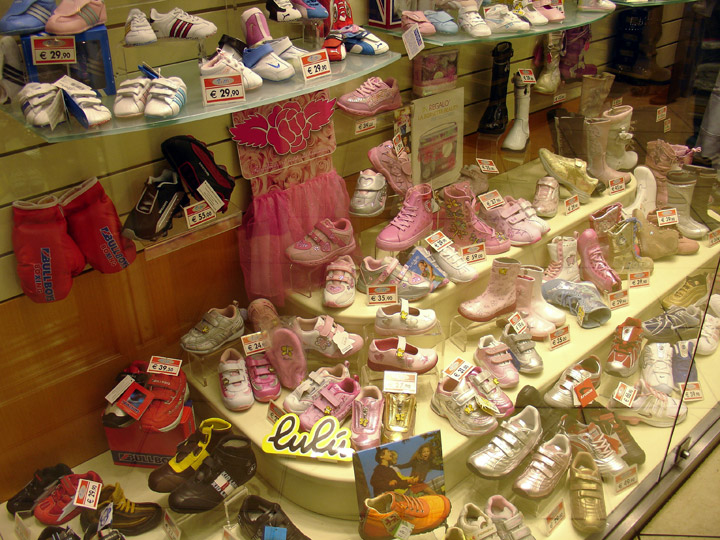
shoes for the children
Opera House
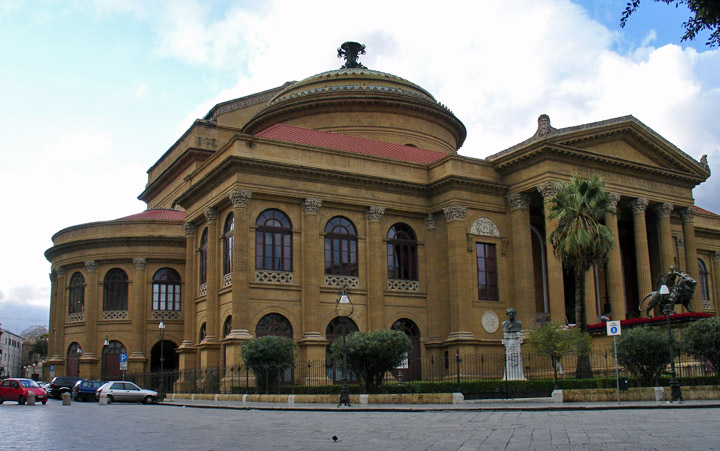
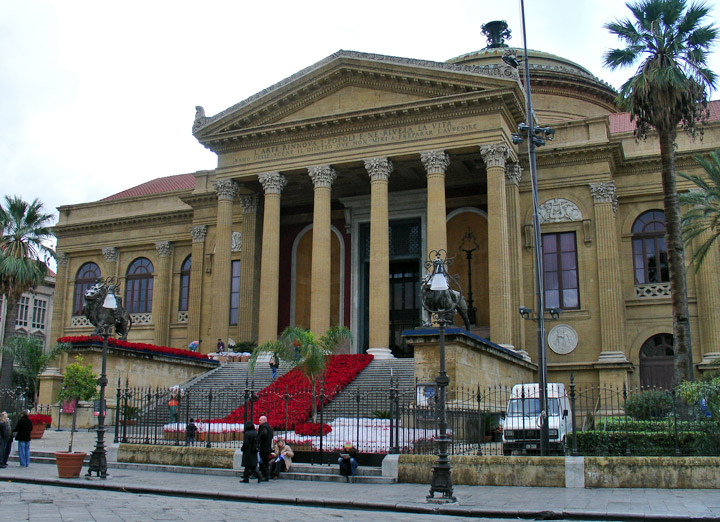
steps with poinsettia for Christmas
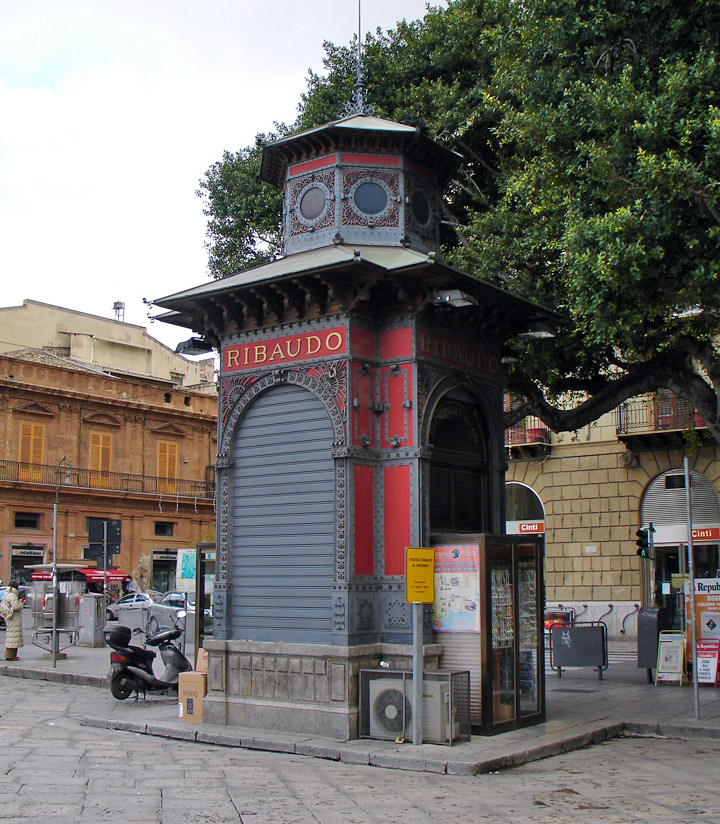
tobacco stand next to the Opera House
del Capo Market

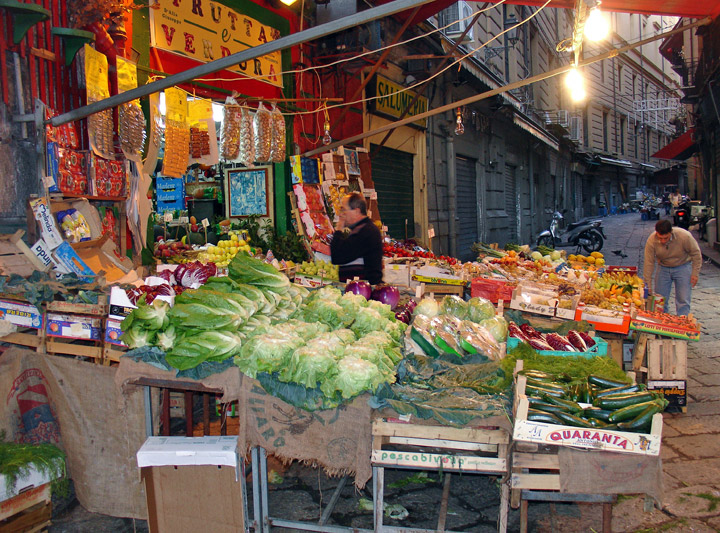
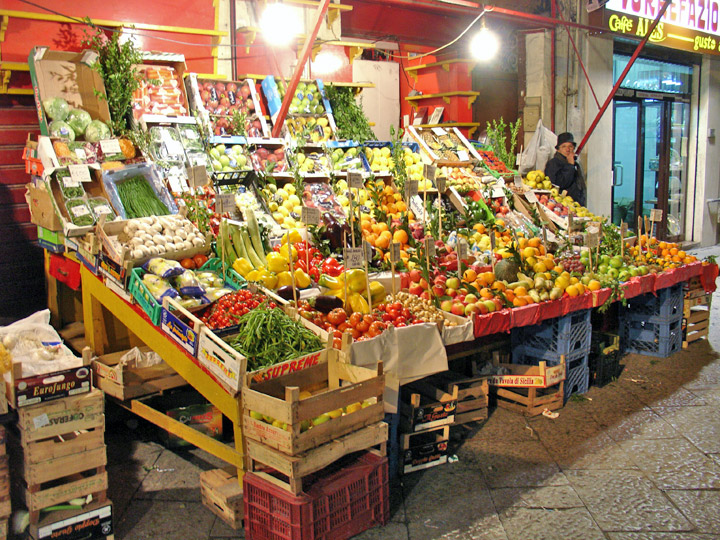
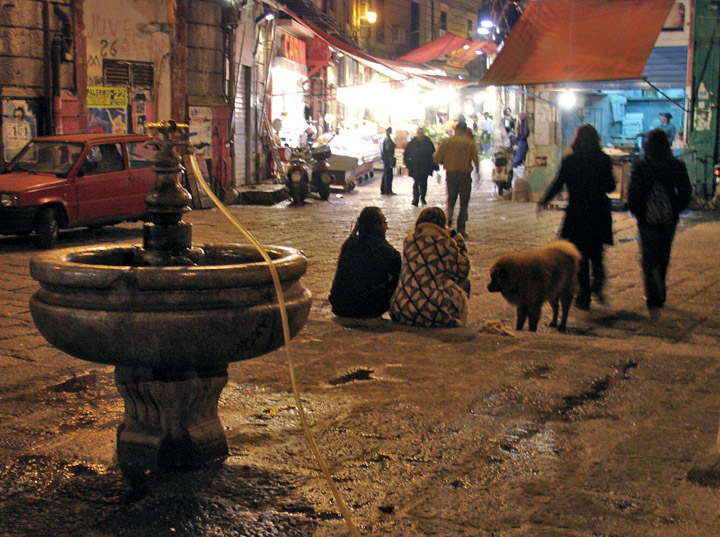
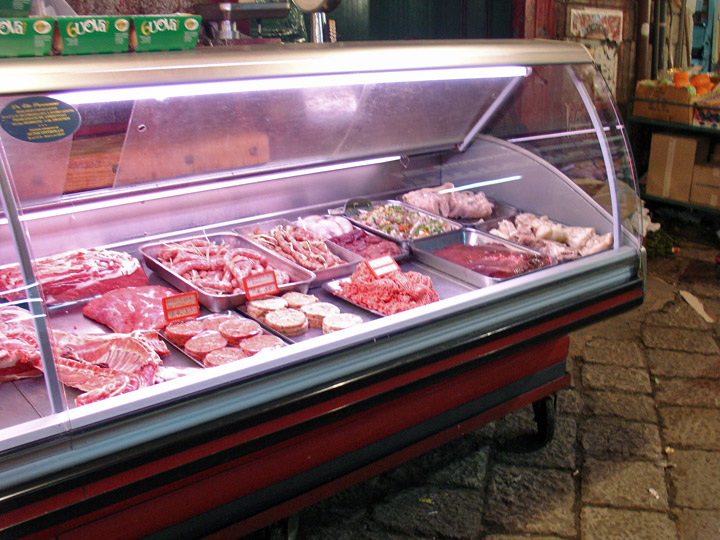
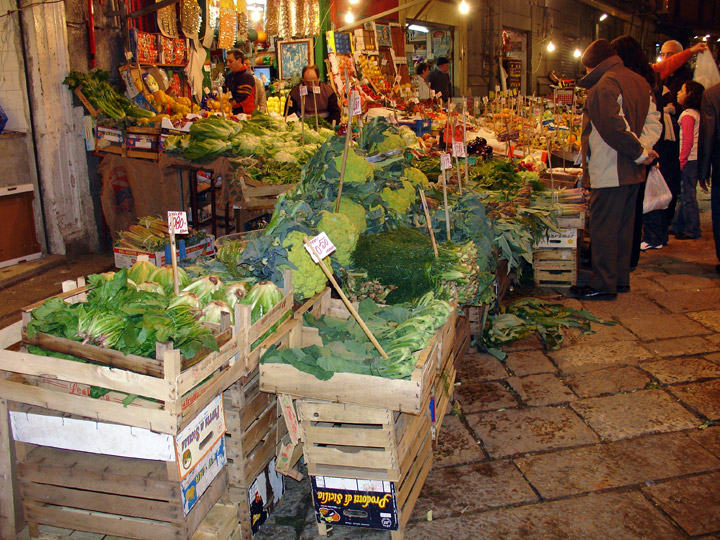
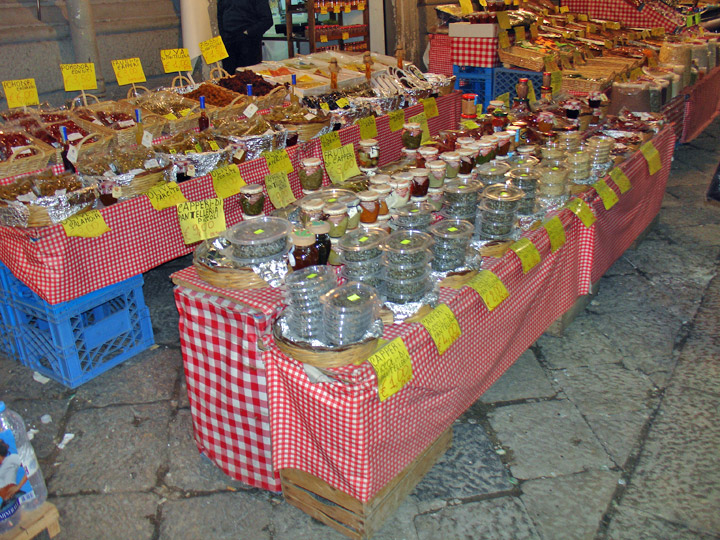
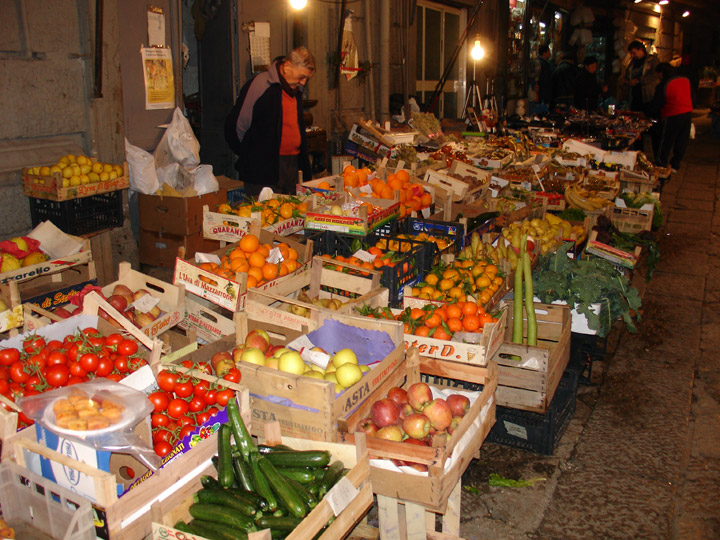
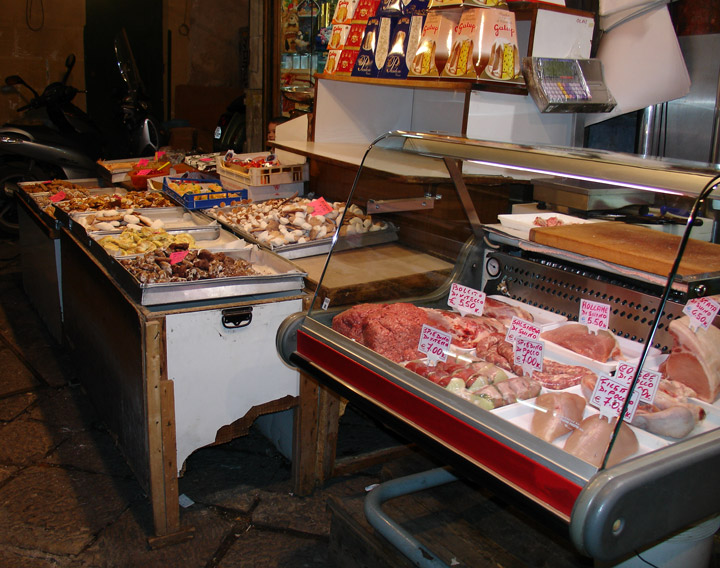
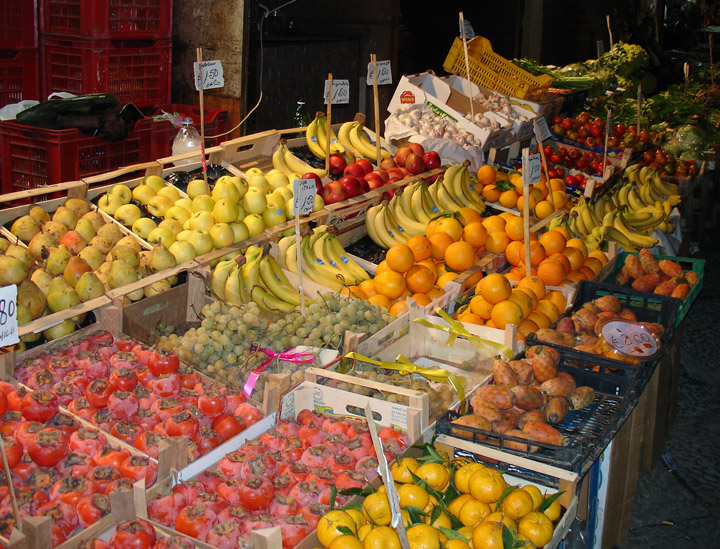
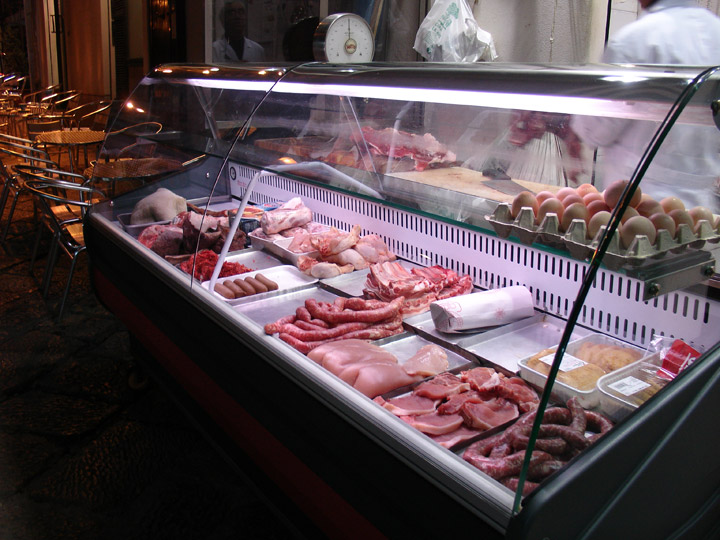
Italian sausage
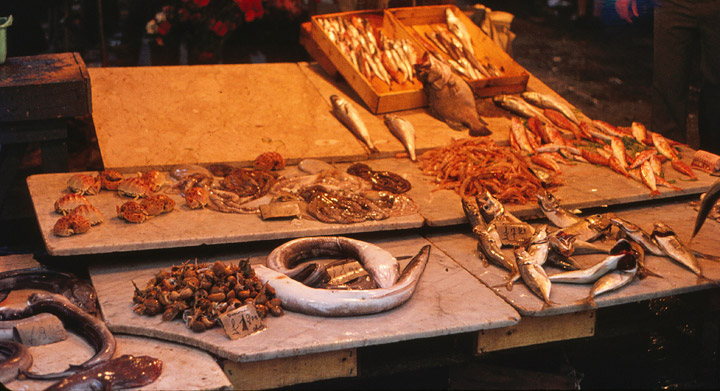
Norman buildings
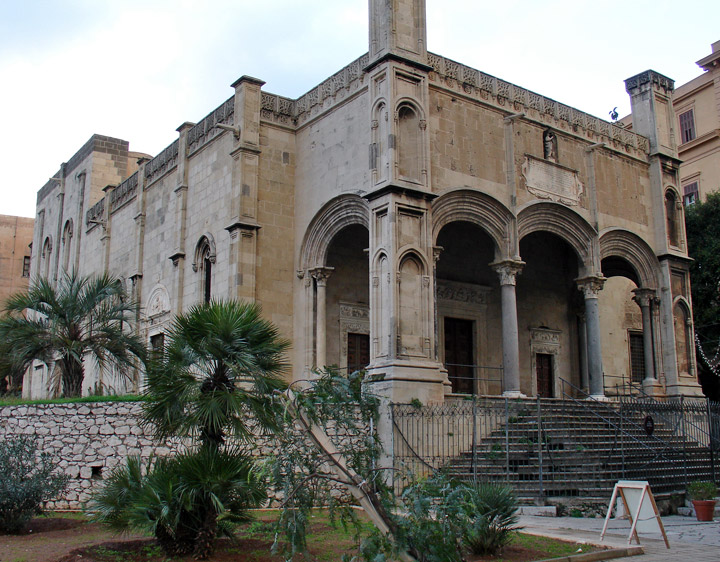
church
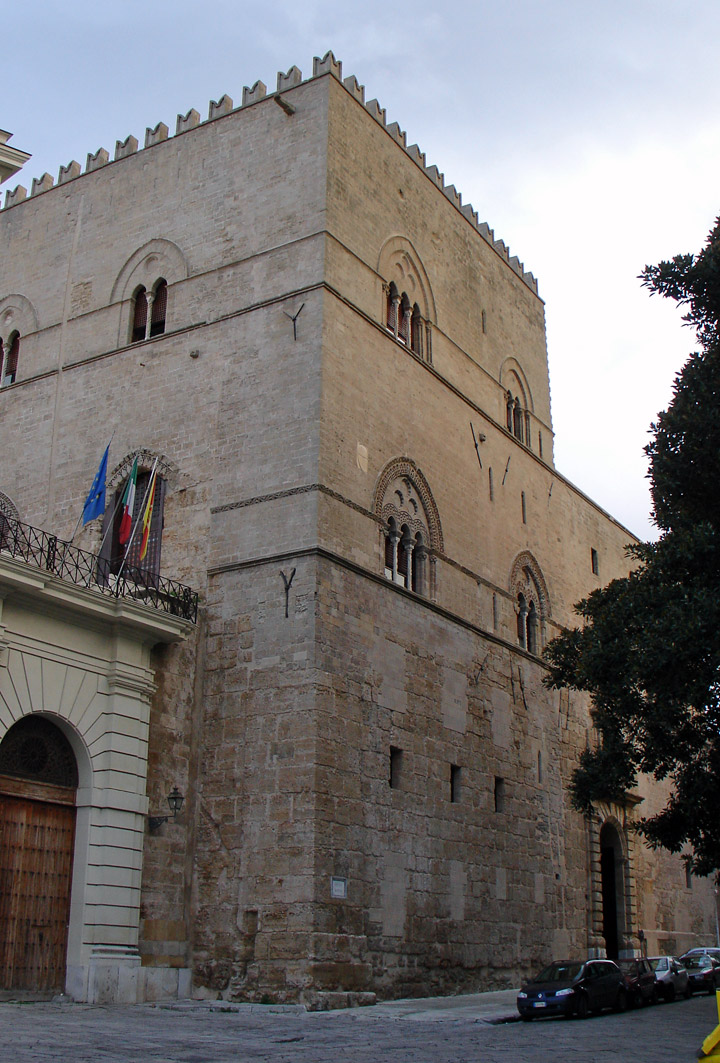
sometimes prison
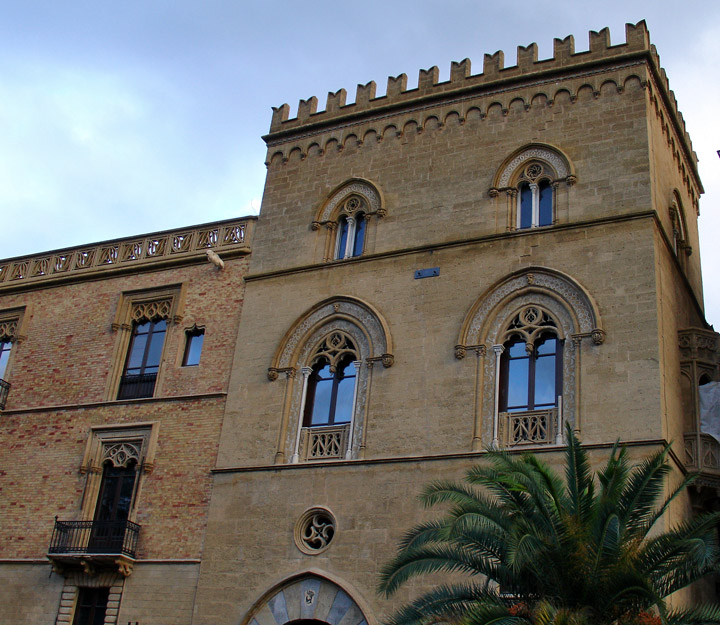
residence

politics
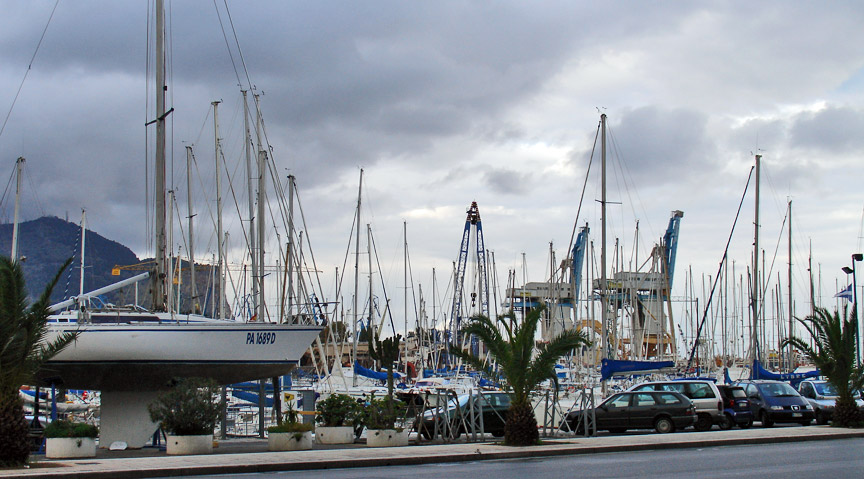
the harbor